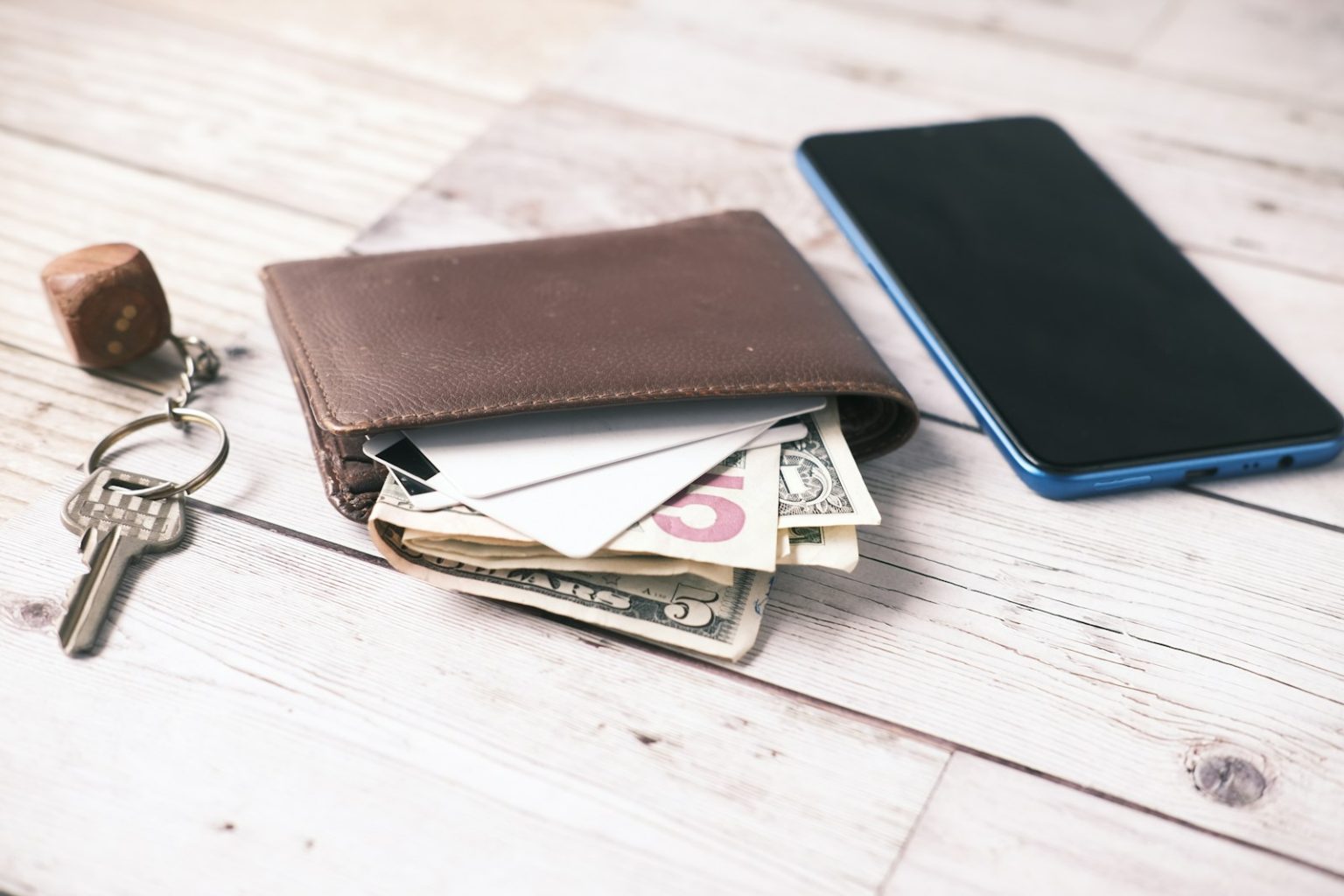Ashlee Piper, a sustainability consultant, drastically cut back on her shopping habits over a decade ago. She found herself over $20,000 in debt and decided to stop buying new things for a month. This experiment extended for two years, resulting in an online community and now a book offering day-by-day guidance for those interested in trying the “No New Things” philosophy.
Back in 2013, Piper had a new job with a salary exceeding $100,000. Despite the increase in income, the job required a move to Chicago during winter, where she didn’t know anyone. The stress and isolation led her to find comfort in shopping.
This financial freedom turned into $22,000 of consumer debt. Piper set a manageable goal of not shopping for a month. This was extended to two years as she reaped unexpected benefits such as significant savings.
Her rules were straightforward: buy essential items secondhand and continue spending on food, transportation, travel, e-books, and dining out. The first week was tough. Tracking her urges provided insights into her shopping behaviors, revealing that they often stemmed from hunger, thirst, or feeling unattractive.
Recognizing these patterns made it easier to tackle the impulses, turning it into an empowering experience. To manage the lack of willpower, Piper created a list of alternative activities for when the urge to shop struck. Scientific research indicates that urges often last two to seven minutes.
Slowing down, creating friction in the impulse process, and engaging in enjoyable non-shopping activities, like spending time with her cat or getting a snack, helped rewire those neural pathways. Beyond saving money, Piper found she regained a significant amount of time previously spent browsing shops.
Saving thousands by shopping secondhand
Redirecting her focus allowed her to engage in more fulfilling activities, building skills that reduced the power of shopping impulses over time. This transformation fostered a sense of control and well-being, encouraging her, and those following her journey, to continue breaking free from consumer habits. Piper saved over $36,000 while paying off $22,000 in debt.
Cutting down on discretionary impulse spending yielded significant financial benefits. She redirected the time she used to spend on shopping and dealing with stuff-related activities toward her personal goals. She started volunteering, improved her relationships, got a promotion at work, and even secured her first book deal.
Instead of buying new items, Piper repaired and reimagined what she already had. This increased her gratitude for the abundance she already enjoyed and made her immune to marketing messages that tell us we need more. Decluttering and stopping the flow of new items brought significant relief.
Her home became a joy to return to every day, she had a tidy closet, and her finances were no longer a source of stress. Constraints forced Piper to be creative. Upcycling and using what she already had improved her resourcefulness and fostered a personal style she was proud of.
Tracking her feelings when she had the impulse to buy helped her understand her true needs. Addressing these needs instead of shopping rewired her consumption habits. Relying on her community to meet material needs fostered connections.
Sharing and pooling resources with neighbors and friends was fulfilling and provided a sense of purpose. Consuming less and working with existing items reduced her environmental impact, contributing to a more sustainable lifestyle.
Photo by; Towfiqu barbhuiya on Unsplash







